Maureen Clerc
ATHENA, UCA
Data-driven cortical clustering to provide a family of plausible solutions to M/EEG inverse problem
Dec 07, 2018
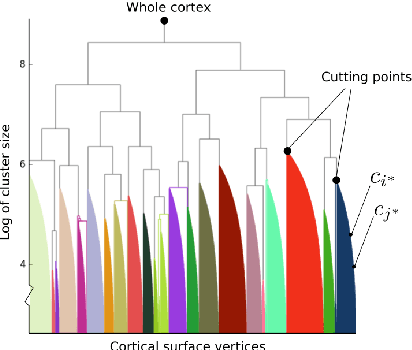
Abstract:The M/EEG inverse problem is ill-posed. Thus additional hypotheses are needed to constrain the solution space. In this work, we consider that brain activity which generates an M/EEG signal is a connected cortical region. We study the case when only one region is active at once. We show that even in this simple case several configurations can explain the data. As opposed to methods based on convex optimization which are forced to select one possible solution, we propose an approach which is able to find several "good" candidates - regions which are different in term of their sizes and/or positions but fit the data with similar accuracy.
Jitter-Adaptive Dictionary Learning - Application to Multi-Trial Neuroelectric Signals
Jun 24, 2013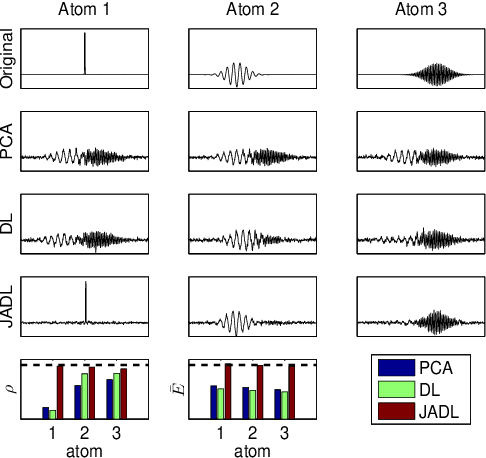
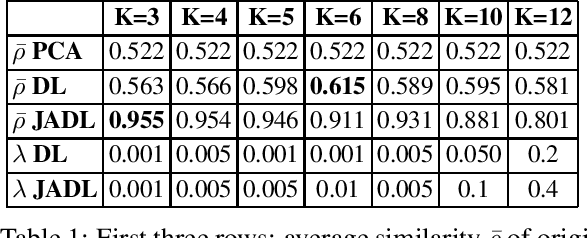
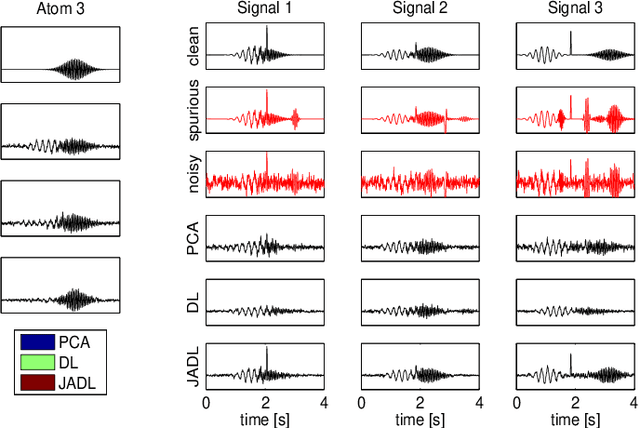
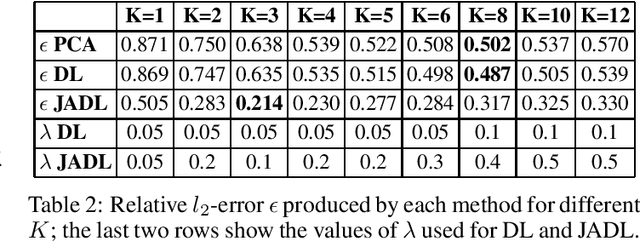
Abstract:Dictionary Learning has proven to be a powerful tool for many image processing tasks, where atoms are typically defined on small image patches. As a drawback, the dictionary only encodes basic structures. In addition, this approach treats patches of different locations in one single set, which means a loss of information when features are well-aligned across signals. This is the case, for instance, in multi-trial magneto- or electroencephalography (M/EEG). Learning the dictionary on the entire signals could make use of the alignement and reveal higher-level features. In this case, however, small missalignements or phase variations of features would not be compensated for. In this paper, we propose an extension to the common dictionary learning framework to overcome these limitations by allowing atoms to adapt their position across signals. The method is validated on simulated and real neuroelectric data.
 Add to Chrome
Add to Chrome Add to Firefox
Add to Firefox Add to Edge
Add to Edge